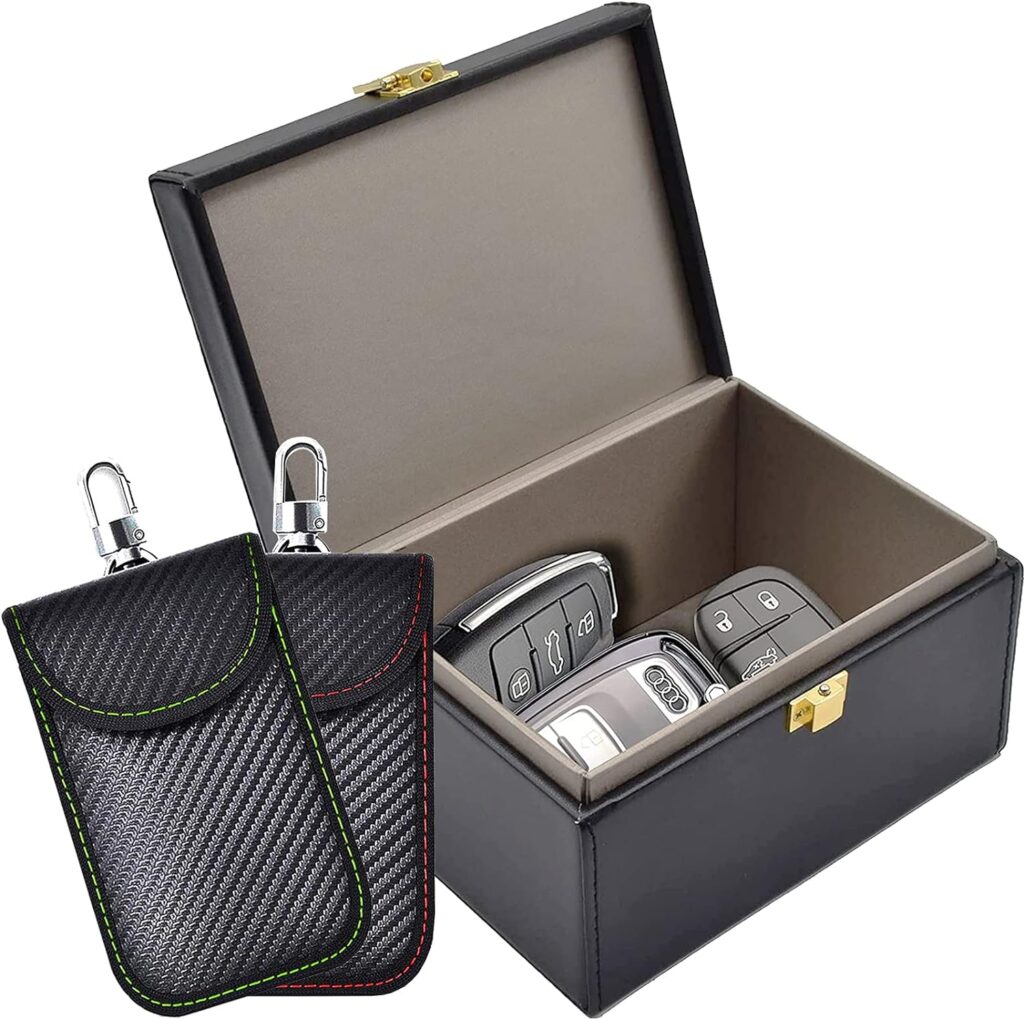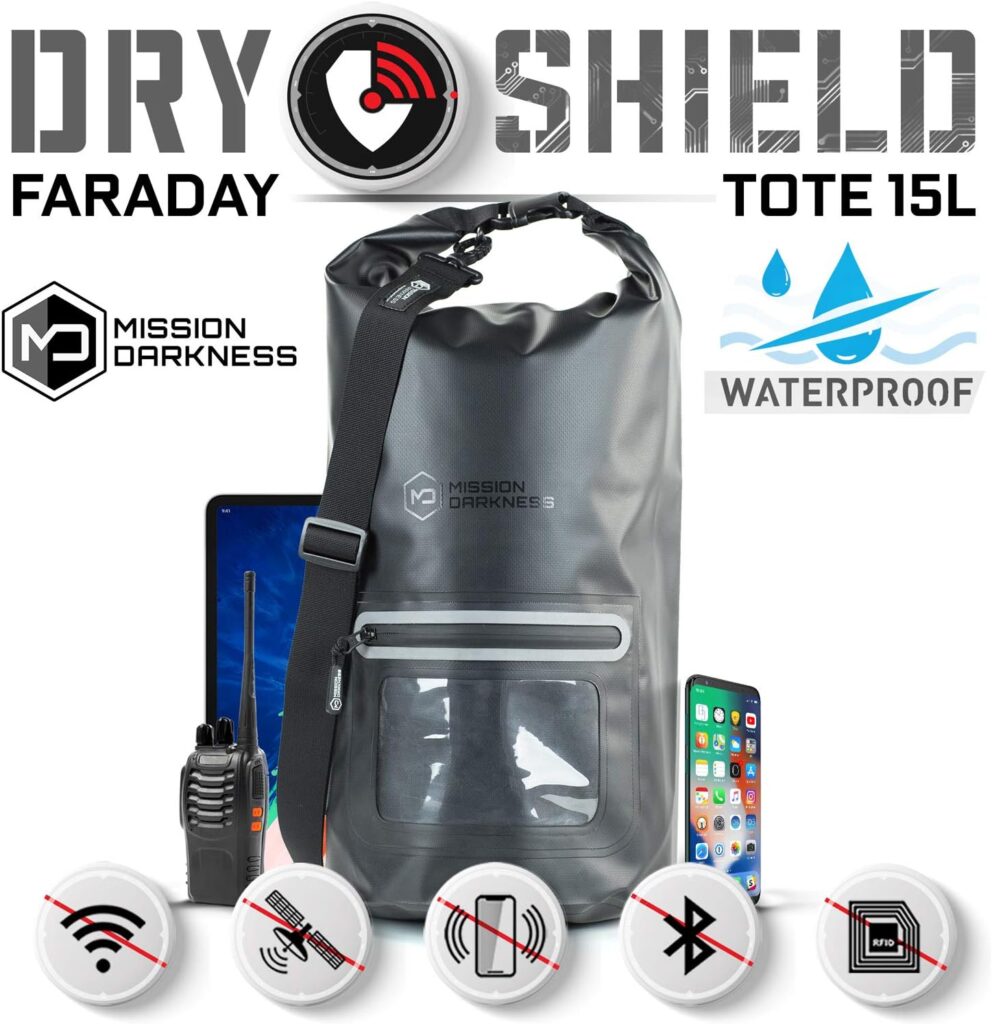Organizing kitchen cabinets is a task that can significantly improve the functionality and efficiency of your kitchen. Whether you’re a seasoned chef or just someone who enjoys a well-kept space, having an organized kitchen makes meal prepping easier and more enjoyable. Here’s a guide to help you get your kitchen cabinets in tip-top shape:
1. Declutter
The first step in organizing your kitchen cabinets is to remove everything from them. This allows you to take inventory of what you have, what you need, and what you can donate or discard. Check for expired items, duplicate tools, or anything that you haven’t used in over a year—these are prime candidates for decluttering.
2. Group Like Items Together
After decluttering, group your kitchen items by category. This could include:
- Plates, bowls, and saucers
- Glasses and cups
- Pots, pans, and lids
- Baking sheets and trays
- Cooking utensils and gadgets
- Food storage containers
- Spices and dry goods
Categorizing items makes it easier to find what you need and maintain order.
3. Strategize Cabinet Use Based on Frequency
Place items that you use daily within easy reach. Typically, this includes dishes, everyday glasses, and basic cookware. Reserve the higher and lower cabinets for less frequently used items such as special-occasion serveware, large pots, and bulky appliances.
4. Utilize Shelf Organizers and Risers
Using shelf organizers or risers within your cabinets can double your storage space. They are particularly useful for stacking dishes or making spices and smaller pantry items more visible and accessible.
5. Store Containers and Lids Together
Food storage containers can easily become a cluttered mess. Nest containers together and keep lids sorted by size or container type. Consider a lid organizer or use a kitchen drawer specifically for lids to prevent them from getting lost or causing clutter.
6. Use Clear Containers for Dry Goods
Transfer dry goods such as pasta, rice, and flour into clear, airtight containers. Not only does this save space and keep ingredients fresh, but it also allows you to see how much you have left at a glance.
7. Label Everything
Labeling shelves and containers help maintain order and makes it easy for everyone in the household to know where things go. From food storage to pots and pans, having a label can prevent confusion and save time.
8. Keep Cleaning Supplies Handy
Consider dedicating a cabinet close to the sink for cleaning supplies. Install a tension rod to hang spray bottles, freeing up space for sponges, dish soap, and other cleaning essentials. Remember to store any hazardous cleaning materials out of the reach of children.
9. Install Pull-Out Drawers or Lazy Susans
For deep cabinets, a pull-out drawer or a Lazy Susan can make it easier to reach items stored at the back. This is particularly useful for heavier objects like kitchen appliances or large bags of food.
10. Reassess and Adapt
Your needs might change over time, so reassess your cabinet organization every few months. Be flexible and adapt your system if certain aspects aren’t working. The more your organization reflects how you use your kitchen, the better it will serve you.
By following these best practices for organizing your kitchen cabinets, you can create a space that’s not only aesthetically pleasing but also functional and pleasant to cook in. It’s also important to remember that maintaining an organized kitchen is an ongoing process, and it’s okay to tweak and adjust as you go along to find what works best for your household.


